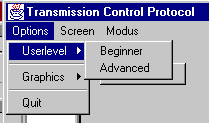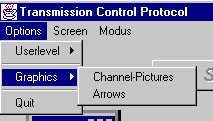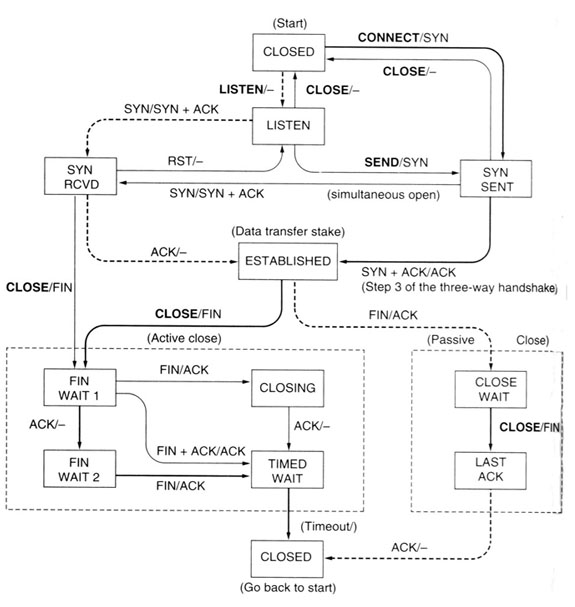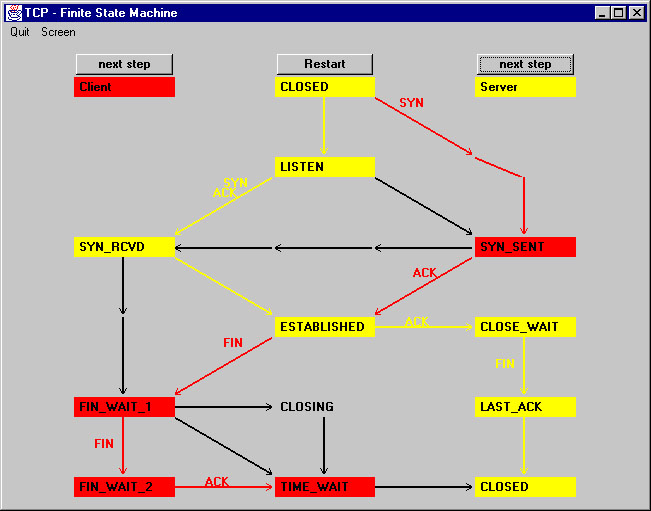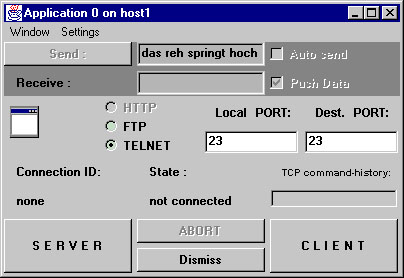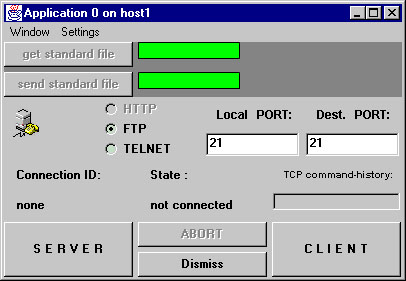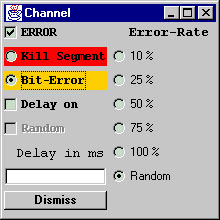|
TCP Applet |
||||
|
|||||
|
|||||
TCP/IP is made up of two acronyms, TCP, for Transmission Control Protocol, and IP, for Internet
Protocol. TCP handles packet flow between systems and IP handles the routing of packets. However, that is a simplistic answer that we will expound on further. All modern networks are now designed using a
layered approach. Each layer presents a predefined interface to the layer above it. By doing so, a modular design can be developed so as to minimize problems in the development of new applications or in adding new
interfaces. The ISO/OSI protocol with seven layers is the usual reference model. Since TCP/IP was designed before the ISO model was developed it has five layers; however the differences between the two are
mostly minor. 7. Application -- End user services such as email. |
|||||
TCP/IP-Reference Model |
|||||
Application-Layer |
|||||
Transport-Layer |
|||||
Network-Layer |
|||||
Datalink-Layer |
|||||
Physical-Layer |
|||||
Application Layer:
Transport Layer: |
|||||
|
|||||
Menu "Options":
Menu "Screen": the size of the applet window can be changed according to the values choosen. Menü "Modus": only usable in the “Beginner” level. It turns the
"Automaticmodus" on. |
|
||||
Buttons |
|||||
|
|||||
|
|||||
|
|||||
|
|||||
Buttons
Ports
Checkboxen
|
Telnet
FTP |
||||
Choosing Error "ERROR" one can simulate a network error on the chanel. Two possible errors can be simulated:
Choosing "Delay on" the datatransfer will be delated. In the textfield the delay in “milli second” (between 0 and 700) can be given, while choosing “Random” a delay value between 0 und 700 ms will be randomely generated. |
|
||||

